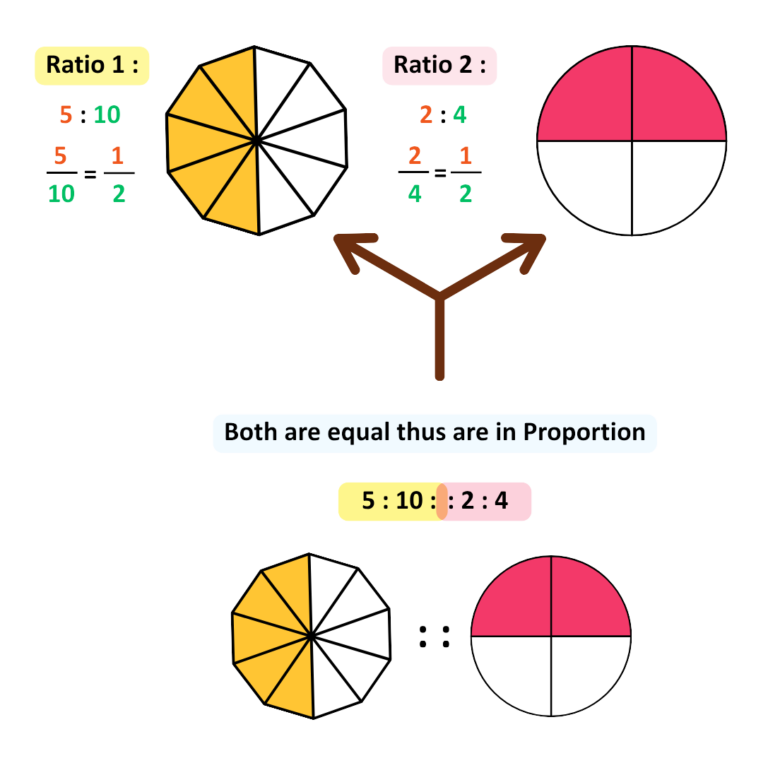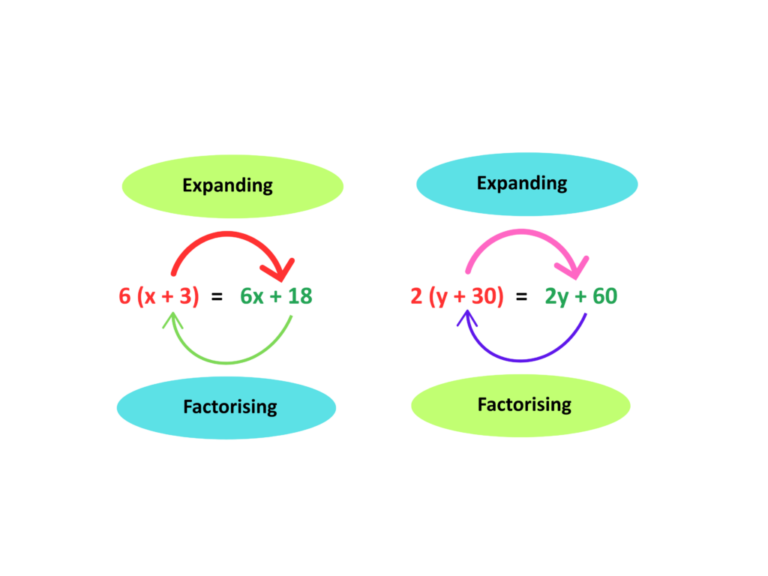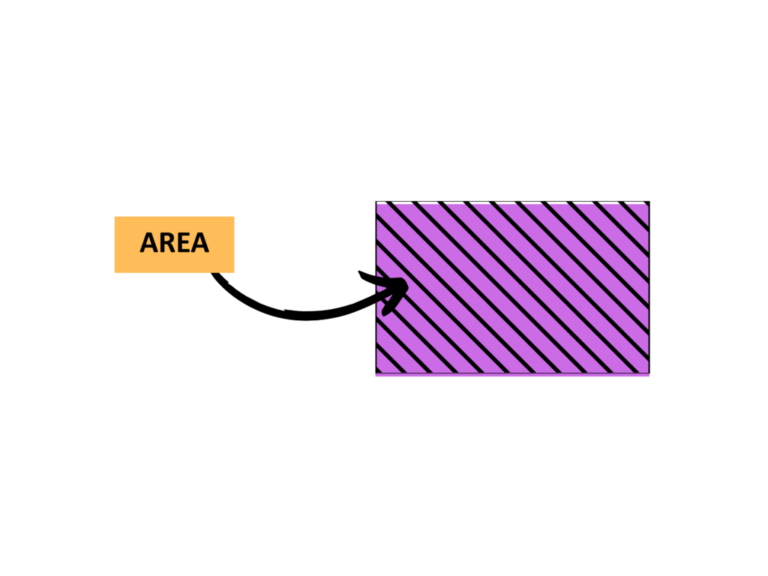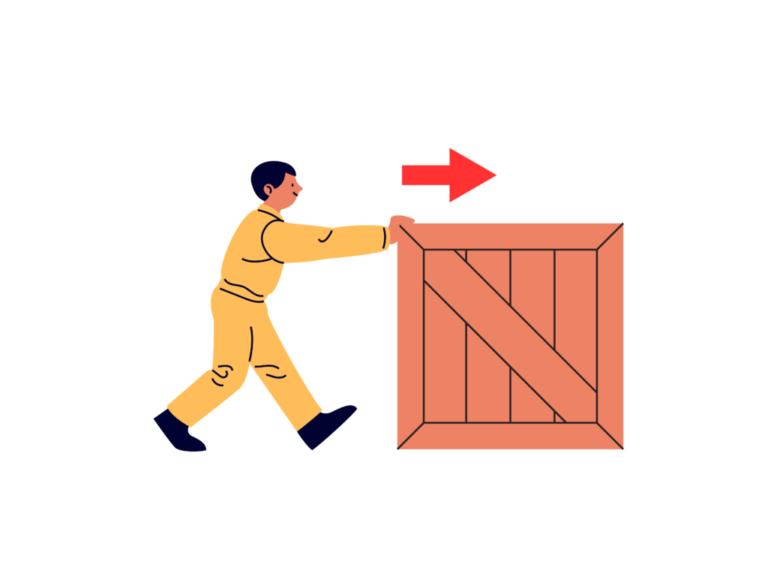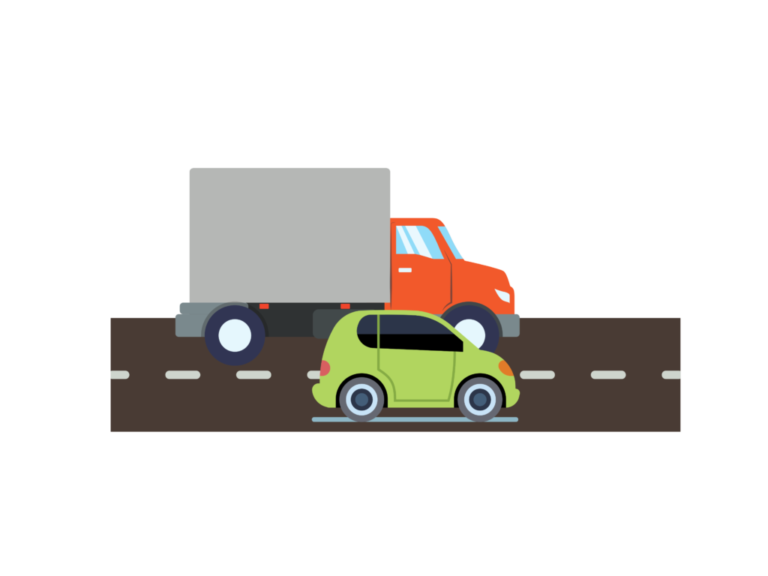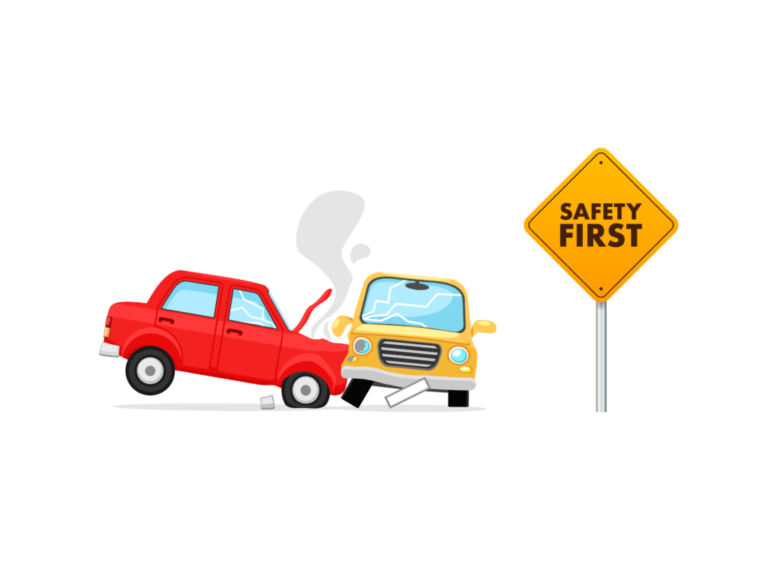Sectors of Circles: Step-by-Step Examples
Sectors of Circles – GCSE Maths Practice Questions Downloads Introduction Circle is very important 2-Dimensional shape in geometry. Sector is a part of circle. Sector’s important characteristics are – A Sector of circle is the portion made by two radii and the arc connecting the ends of those radii. The shape can be viewed as…



